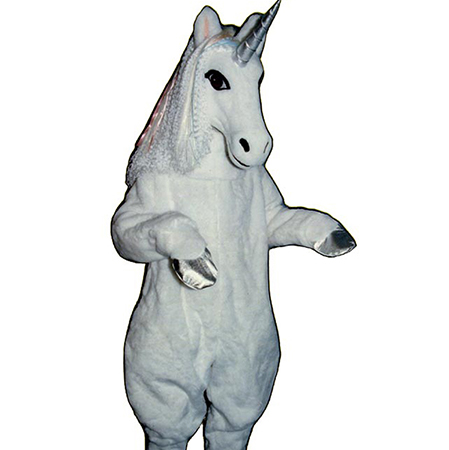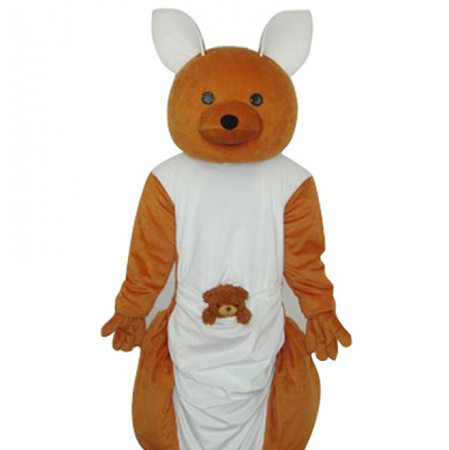The Role of Color Psychology in Mascot Costume Design
Mascot costumes are more than just colorful outfits; they are powerful tools for brand representation and audience engagement. When choosing colors for these costumes, designers delve into color psychology to ensure the right emotional connection. For instance, red is often associated with energy, excitement, and passion, making it ideal for sports teams looking to energize their fans. Conversely, blue is linked to trust, calmness, and reliability, suitable for corporate mascots projecting dependability.


